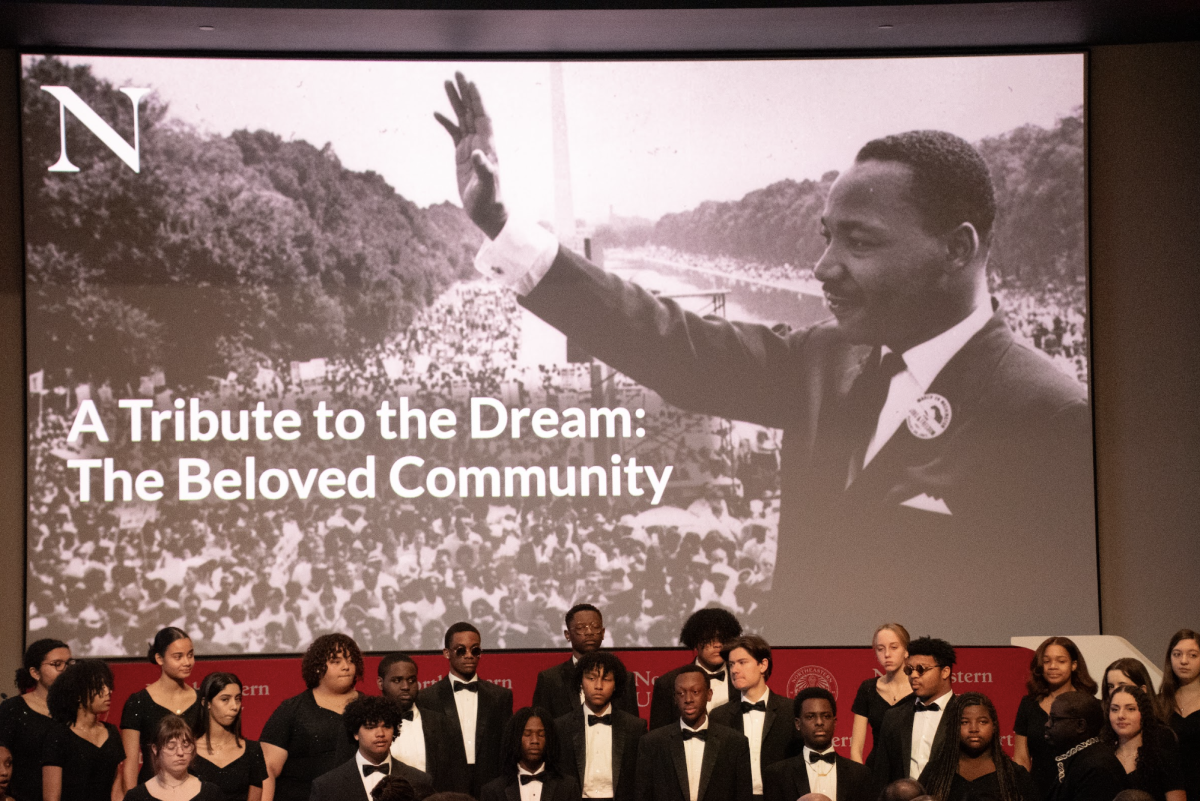There’s no delicate way to say this, so we’ll be blunt:’ The football program should have been cut, and it should have been cut two years ago. The facilities are poor, the costs are high, the profit is low and attendance at games was embarrassingly low.
That said, the way it was done was troubling, and the players have been seriously wronged.
The administration has been on the fence about the fate of the program (publicly, at least) for a few years. After all, the team costs $3.8 million a year to maintain and won a measly eight of 26 of games in the last three seasons. The decision isn’t a surprise, yet no one really saw it coming ‘- not even head coach Rocky Hager or the players. It wasn’t fair to keep the metaphorical axe hanging over their heads for so long. Had they known the fate of the program, freshmen wouldn’t have been recruited with promises of a full football career at Northeastern, and even a scholarship. Players could have started thinking about alternative plans months ago, but instead they have to make rushed decisions about whether or not to leave, and if so, where to go. If they choose to leave, they have to scramble to find another football program that will accept them.
Whatever their decisions, their prospects aren’t good. Players who only have a year of play left may not be able to find a program to accept them or give them a scholarship. And even if they do, they’ll have to quickly adapt to a new team, new plays and new systems to earn playing time. Other players with a few more years left might find a great program to accept them, but will the degree they receive be the same quality as one they’d receive at Northeastern? Then there are those who might choose to stay at Northeastern, where the administration has agreed to honor their athletic scholarships until they graduate. By opting to finish their education where they began it and stay with the friends they have here, they give up the opportunity to play the sport they love at the collegiate level.
There is also a question of the $3.8 million it cost to maintain the football program. As of now, there has not been a decision about where it will go, though the question has been asked. It’s hard to believe a multi-million dollar program would be cut with no plan for the redistribution of the funds. Hopefully, it will go where it belongs ‘- development of our highly successful programs that receive little to no attention. The women’s and men’s soccer team, who also play at Parson’s Field, won the Colonial Athletic Association (CAA) regular season title, and finished third in the CAA, respectively. They could surely use some funds for more scholarships and better facilities.
The underlying issue here is transparency. It’s business as usual at Northeastern:’ Students and even staff are left in the dark as decisions that have a major impact on their lives are made. We’ve said this so many times, it’s gotten cliche. But we keep pointing it out because somehow, it’s still a problem. So much trouble could have been avoided here if the administration had been more honest, but instead it opted to keep the status quo and save the bad news until the last possible moment.
Cutting the football program was fiscally sensible, yes, but the way it happened was senseless. It seems that the administration looks at these student-athletes as bundles of money. Is allowing them to keep their scholarships supposed to ease the pain? It’s unlikely that it does. Cutting the football program affects the lives of a large group of people in a very big way. The very least the administration could have done was give them some warning.
‘
Editorial: Football cut fiscally smart, but poorly handled
December 2, 2009
More to Discover








